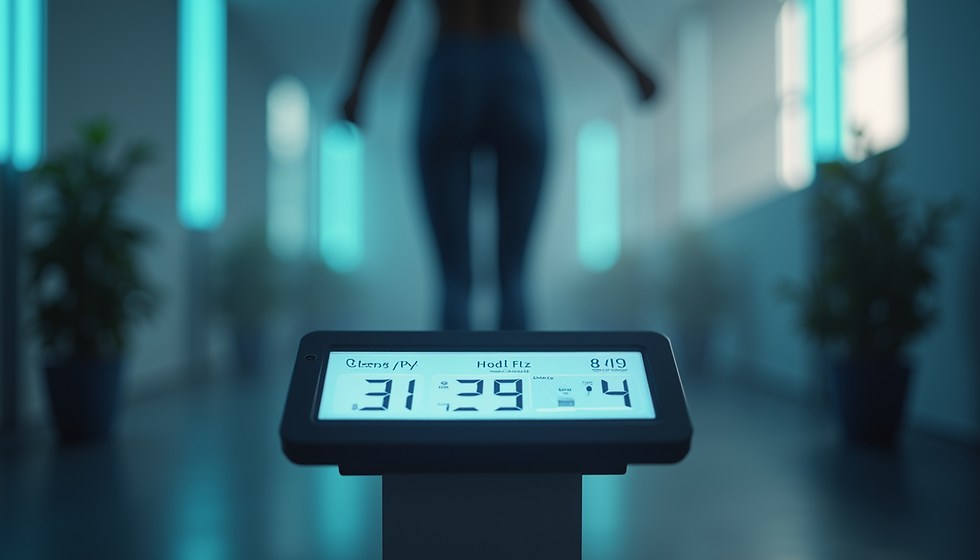Vision Improvement: Why Better Vision Builds a Better Brain
- Amara Life Labs

- Sep 12
- 2 min read

Most people think vision is just eyesight—whether you can read the eye chart at 20/20. But vision is more than clarity. It’s how your brain takes in, processes, and makes sense of the world.
When your vision system isn’t working well, the impact goes far beyond your eyes. It can show up as headaches, fatigue, difficulty concentrating, balance problems, or even avoidance of reading altogether. And when vision improves, people often describe the change as life-altering.
Practical Skills for Vision Improvement
Neuro-optometry has shown that vision is deeply tied to brain health. Because over half of the brain is involved in visual processing, strengthening visual skills doesn’t just sharpen eyesight—it enhances attention, memory, movement, and mood.
That’s why when someone regains the ability to read comfortably, it isn’t just about finishing a book. It’s about reclaiming focus, confidence, and the ability to learn without strain. Adults who once avoided paperwork or long emails report less fatigue. Children who struggled with school suddenly thrive when reading becomes easier.
How Vision Shapes Daily Life
Vision impacts three major areas that define how we function day to day:
Attention & focus: Shallow scrolling trains distraction; deep reading builds endurance.
Stress regulation: Narrow, screen-based vision elevates tension; panoramic vision calms the nervous system.
Movement control: Vision integrates with balance, coordination, and posture.
Common Signs Your Vision May Be Limiting You
Skills and Drills to Rebuild Visual Strength
Just like physical fitness, vision can be trained. Here are some simple practices:
Daily Reading – 10–15 minutes of uninterrupted reading from a physical book strengthens tracking, comprehension, and focus endurance.
Near–Far Shifts – Alternate focus between a nearby object (like your thumb) and something far away. This builds adaptability and reduces strain.
Panoramic Reset – Step outside, soften your gaze, and take in the full horizon. This widens peripheral vision and lowers stress.
Head + Eye Coordination – Slowly move your head side to side while keeping eyes fixed on a target. This improves balance and brain–body integration.
Blink Breaks – Every 20 minutes of screen time, look away, blink naturally, and refocus. This prevents dryness and restores clarity.
The Bottom Line
Vision is more than sight—it’s the foundation of how your brain functions. When you strengthen vision, you strengthen attention, focus, and resilience.
The evidence is clear: people who address vision challenges often see improvements not only in reading, but in memory, stress levels, balance, and overall brain performance.
At Amara Life Labs, we integrate visual and neuromotor assessments into your healthspan plan—because when vision improves, everything else improves with it.




Comments